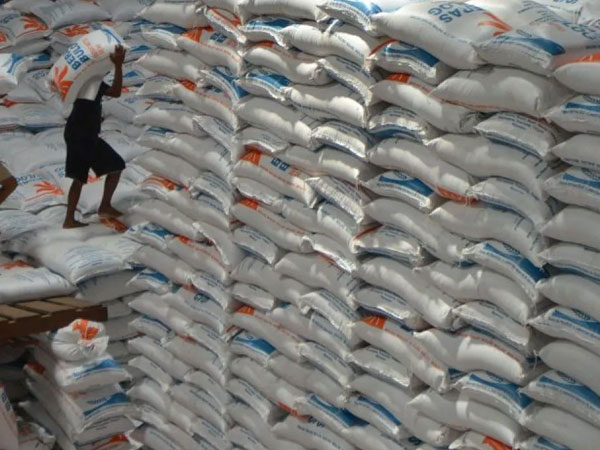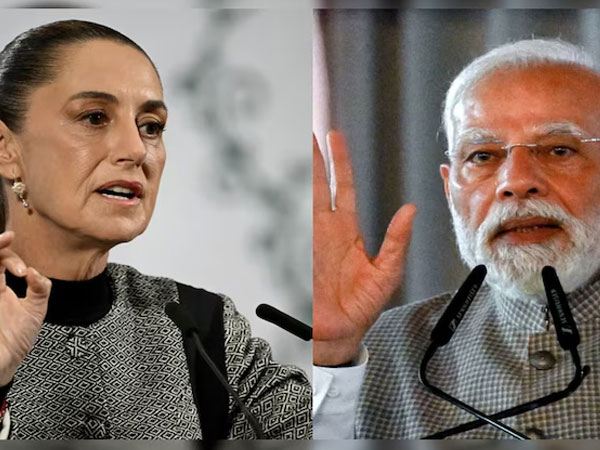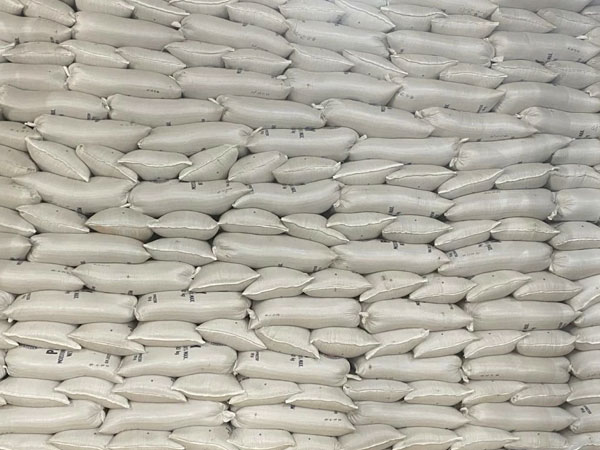 India is now preparing to revisit the 2011 Comprehensive Economic Partnership Agreement (CEPA) with Japan. While the CEPA provided preferential or duty-free access to most products from both nations, the benefits for India have been limited
India is now preparing to revisit the 2011 Comprehensive Economic Partnership Agreement (CEPA) with Japan. While the CEPA provided preferential or duty-free access to most products from both nations, the benefits for India have been limited
India is gearing up to push for a fresh trade pact with Japan, modeled on Tokyo's recent deal with Washington, in a bid to secure greater market access and reduce the widening trade imbalance with its long-time partner, according to Mint.
Two officials familiar with the matter told Mint that New Delhi plans to launch a review of its existing free-trade agreement (FTA) with Japan shortly. The exercise will focus on correcting asymmetries in trade flows, expanding market opportunities, and adjusting tariff structures to create a more equitable framework.
One of the officials said India is particularly keen on opening the door for rice exports to Japan, while simultaneously addressing the growing bilateral trade deficit. Both sources spoke on condition of anonymity, Mint reported.
Japan's recent agreement with the United States is serving as a reference point. Under that deal, Tokyo removed duties on a range of American goods, while Washington imposed a uniform 15% tariff on Japanese exports. Crucially, Japan also agreed to raise imports of US rice by 75%, Mint noted.
India is now preparing to revisit the 2011 Comprehensive Economic Partnership Agreement (CEPA) with Japan. While the CEPA provided preferential or duty-free access to most products from both nations, the benefits for India have been limited. Japanese exports to India more than doubled from $8.62 billion in 2010-11 to $18.92 billion in FY25, but Indian shipments to Japan have stayed flat at about $6.2 billion. As a result, the trade gap has widened sharply, rising from $3.53 billion in FY11 to $12.68 billion in FY25, according to Mint.
When contacted by Mint, neither the ministries of commerce and external affairs nor the Japanese embassy offered comments on the matter.
"Japan has been one of India's most dependable partners for decades. While the US-Japan agreement was negotiated on specific lines, India would look to adapt its own approach," said Debendra Sahu, associate professor at OP Jindal Global University and a PhD in Japanese Studies from JNU, speaking to Mint. "The trade deficit is a pressing issue, and widening the scope of India's exports-particularly rice-through the FTA review could help narrow the imbalance," he added.
Union Commerce and Industry Minister Piyush Goyal had said in July 2024 that FTA reviews with Japan, Korea, and ASEAN were progressing slowly, but the government remained committed to seeing them through. These trade deals were initially signed during the UPA era, Mint pointed out.
According to one of the officials cited by Mint, India sees Japan's concessions to the US as potential leverage. Expanding rice exports and easing non-tariff barriers could form part of New Delhi's strategy to renegotiate terms. At present, India's footprint in Japan's rice market is negligible, with exports worth just $5.74 million in 2024, albeit a rise from $2.08 million the year before.
Sahu explained to Mint that rice is politically and culturally sensitive in Japan, making it a difficult commodity to penetrate. The crop is considered integral to Japanese identity, and successive governments have shielded farmers to maintain rural livelihoods, food security, and political stability.
Beyond agriculture, the upcoming review is also expected to address issues such as boosting investment flows and enhancing cooperation in key sectors including manufacturing, pharmaceuticals, IT services, and renewable energy, Mint reported.
A White House note dated 4 September shows the contours of the US-Japan arrangement. The US agreed to apply a flat 15% tariff on Japanese goods, while Japan granted sweeping access to American producers in sectors ranging from aerospace and agriculture to autos and industrial goods.
For rice, Japan committed to raising its US imports under the WTO's "minimum access" scheme, which obliges it to buy about 770,000 tonnes annually tariff-free. A 75% increase effectively raises the US quota to nearly 600,000 tonnes, potentially squeezing supplies from other exporters like Thailand, Australia, and China, Mint highlighted.














© Copyright 2025 The SSResource Media.
All rights reserved.